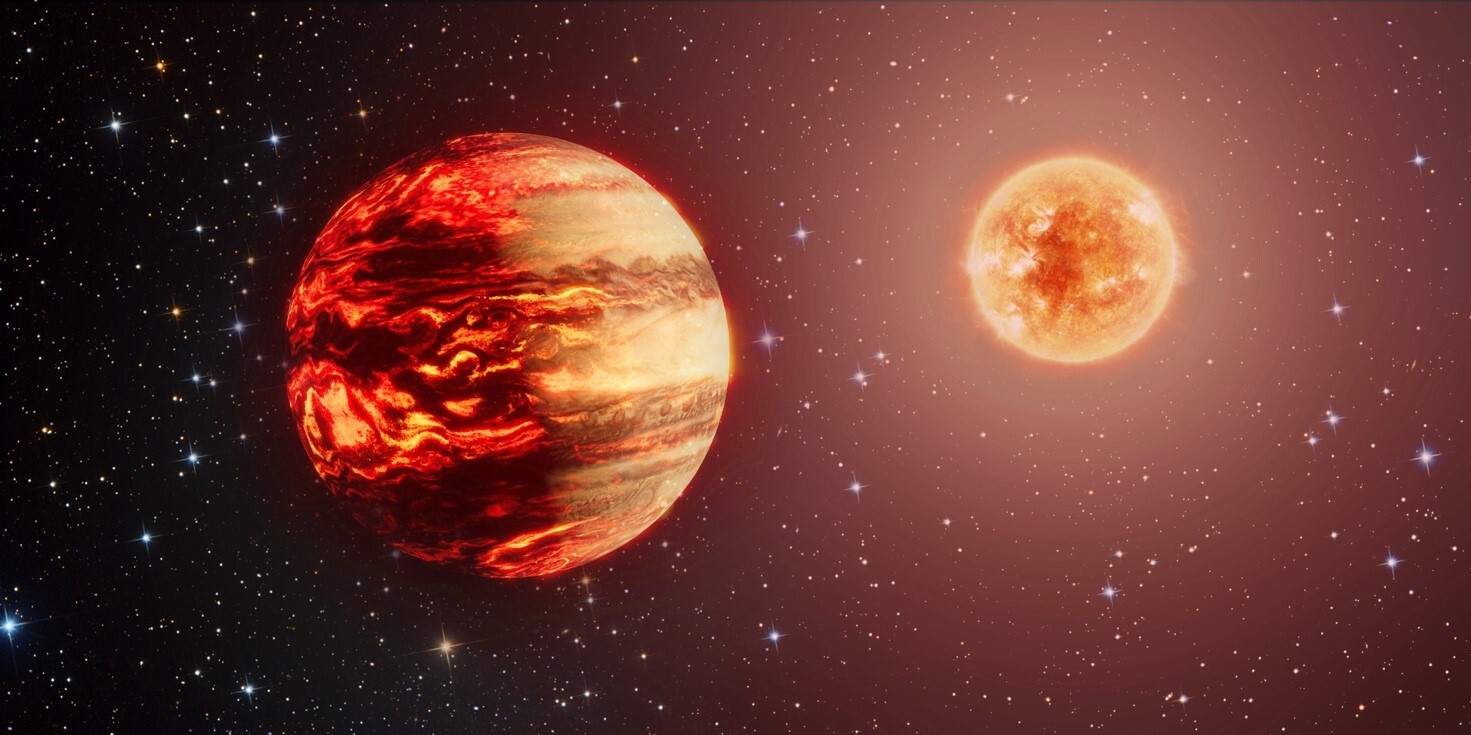June 20, 2024
A team of researchers including French scientists from the CNRS, Université Grenoble Alpes, and the Observatoire de Paris-PSL have for the first time ever observed brown dwarfs orbiting very near bright stars—a feat for precise astronomical imaging.
Out of the eight companions imaged, the researchers determined that five were brown dwarfs, substellar celestial objects that are still poorly understood, neither stars nor planets but something in between. Brown dwarfs are very hard to detect because of their low luminosity, especially when adjacent to stars a thousand times brighter. Those identified in this study orbit their stars at distances equivalent to that between our planet and the sun. Such short distances raise questions about the brown dwarfs’ formation. Furthermore, certain fluxes observed are weaker than predicted by scientific models. This could mean some of the brown dwarfs belong to binary systems—that is, they may themselves be orbited by smaller companions.
These unprecedented observations were made possible by the combined use of two instruments: the Gaia satellite and the Very Large Telescope Interferometer (VLTI) on Cerro Paranal in Chile. Data from Gaia, cataloguing hundreds of thousands of multiple systems and recording their positions and movements, allowed the scientists to identify eight celestial objects for targeted observation by the VLTI’s GRAVITY instrument, which acts a magnifying glass. Though it can measure the tiniest features of stellar objects with unparalleled precision, GRAVITY must be aimed at precise areas—which was the job of Gaia. After GRAVITY picked up the light signals of the eight companions identified with Gaia, the scientists analysed their luminosity and mass, permitting them to conclude that five were brown dwarfs. Such ‘hidden companions’ of stars had eluded observation until now.
The team’s findings, to be published in Astronomy & Astrophysics on June 20, give a first glimpse of the power offered by coupling Gaia with GRAVITY. They also afford new insights into the formation not only of these unusual celestial objects—brown dwarfs—but also of massive exoplanets and the planets of our solar system.
Bibliography
Combining Gaia and GRAVITY: Characterising Five New Directly Detected Substellar Companions. T. O. Winterhalder, S. Lacour, N. Pourré, C. Babusiaux and al. Astronomy & Astrophysics, June 20, 2024.





